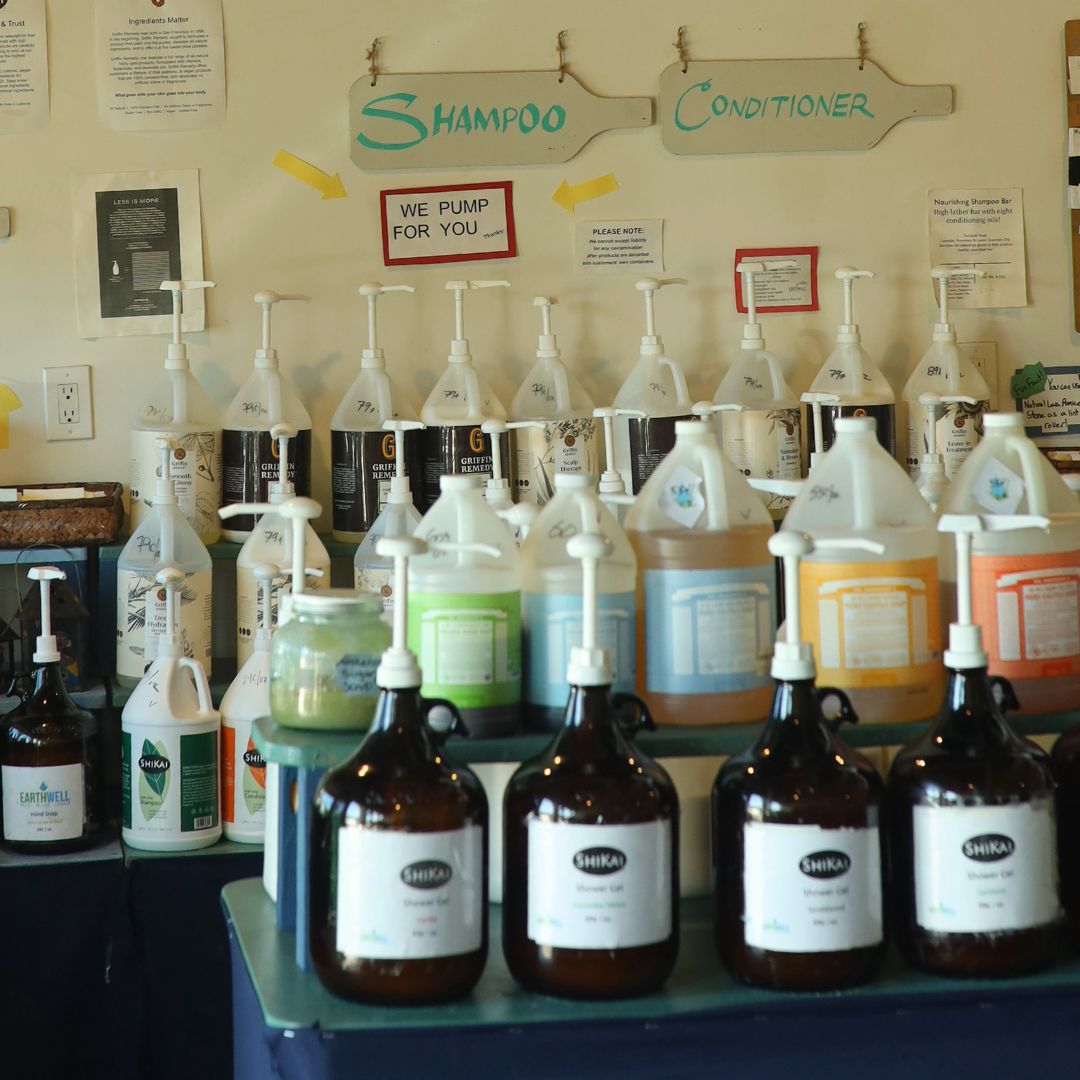By Roberta Dean, Ocean Literacy Specialist and Ocean Connectors Advisory Board Member
It started in the early 1980’s while I was teaching in a small rural school district outside of Petaluma, where I was serving as the only special education, gifted education, and ESL teacher rolled into one. At the time I was living on the Sonoma Coast, and, as an ocean lover from birth, had taken an avid interest in the Bodega Marine Laboratory (BML), which has been an outpost for graduate and undergraduate education and marine research for the University of California, Davis for over 50 years. At the time BML was a hotbed of research on marine aquaculture, estuarine ecology, and the productivity and diversity of the Northern California Coast, and for me, it was love at first sight.
As the Bodega Coast was then, and is still today, a small, remote community, many of the friends I’d made worked in some capacity at the “Lab” (as it was referred to by locals). I had made it one of my goals early on to get my students out on field trips to the Lab, and to expose them to the exciting work scientists and grad students were doing there. It was during one of these trips that I made friends with the amazing “Captain Deke” (material for another blog!), who ran the Lab’s research vessel, the RV Susan K. It was also during these field excursions that I made a life-changing discovery about the power of exposing kids to ocean experiences firsthand.
 During this time I discovered that field opportunities, like the ones I was able to offer my students, opened doors not only to their love of learning science, but also to their love and care of the ocean – in ways that would be hard to replicate within the walls of a classroom. I also discovered that when kids were given the opportunity to be outside and experience nature firsthand, the issues they struggled with inside the classroom often diminished or disappeared completely.
During this time I discovered that field opportunities, like the ones I was able to offer my students, opened doors not only to their love of learning science, but also to their love and care of the ocean – in ways that would be hard to replicate within the walls of a classroom. I also discovered that when kids were given the opportunity to be outside and experience nature firsthand, the issues they struggled with inside the classroom often diminished or disappeared completely.
Professionals at the Lab, knowing the kinds of students that I worked with, couldn’t help but speculate using such phrases as, “well I can tell THAT kid is gifted,” or “what a great question – I’d never thought of that”, or they would make comments on what incredible focus a kid had for a particular field task. As I never revealed a specific reason that had identified a student for my class, whether it was ESL, a severe learning disorder, or being classified as academically gifted; when it came to working in the field and doing hands-on science, it was nearly impossible to categorize them by any labels.
 When I finally left the classroom and started the Sonoma Sea School, my first independent marine education program, I did so with a burning mission to bring all the awe and love and concern for the ocean that I had to as many kids as I could manage to reach. While that was nearly 40 years ago, I see my ongoing goals reflected every day in the work of Frances and her staff – and all that happens under the banner of Ocean Connectors. The programs that Ocean Connectors offers to National City students and teachers, and students in Nayarit, Mexico, give those unique opportunities that are so inspiring in helping to conserve the marine life in our one ocean. Ocean Connectors provides the opportunity for students to experience the ocean in ways that could not happen within the walls of a classroom—from the discovery of illusive green sea turtles, to seeing a gray whale from a boat for the first time, or having the opportunity to walk through a wetland marsh to witness the arrival of sea birds that have migrated thousands of miles in their search for nesting and resting sites. These are experiences that build stewardship and self-esteem, and give students opportunities to understand the importance of our marine ecosystems in ways that our classrooms are simply not equipped to provide.
When I finally left the classroom and started the Sonoma Sea School, my first independent marine education program, I did so with a burning mission to bring all the awe and love and concern for the ocean that I had to as many kids as I could manage to reach. While that was nearly 40 years ago, I see my ongoing goals reflected every day in the work of Frances and her staff – and all that happens under the banner of Ocean Connectors. The programs that Ocean Connectors offers to National City students and teachers, and students in Nayarit, Mexico, give those unique opportunities that are so inspiring in helping to conserve the marine life in our one ocean. Ocean Connectors provides the opportunity for students to experience the ocean in ways that could not happen within the walls of a classroom—from the discovery of illusive green sea turtles, to seeing a gray whale from a boat for the first time, or having the opportunity to walk through a wetland marsh to witness the arrival of sea birds that have migrated thousands of miles in their search for nesting and resting sites. These are experiences that build stewardship and self-esteem, and give students opportunities to understand the importance of our marine ecosystems in ways that our classrooms are simply not equipped to provide.



